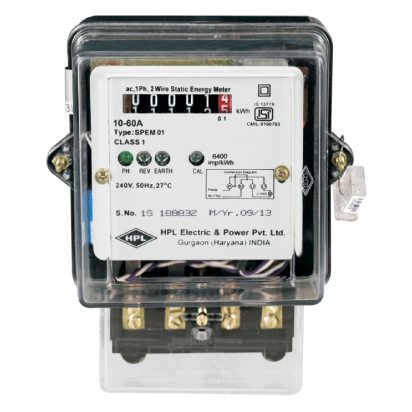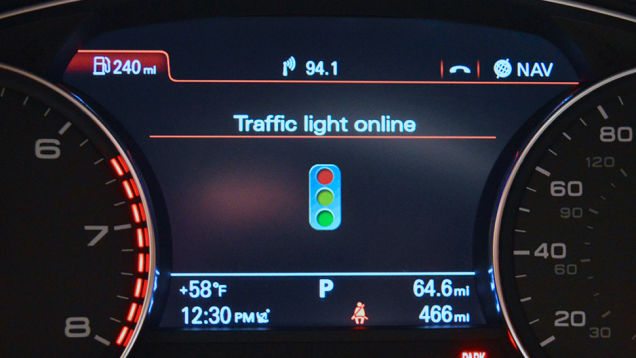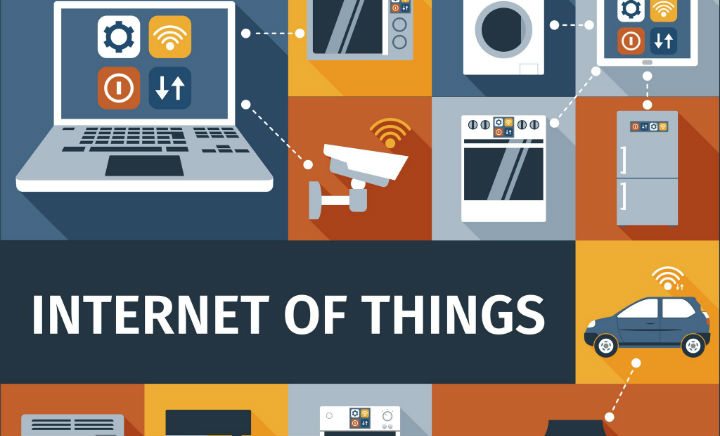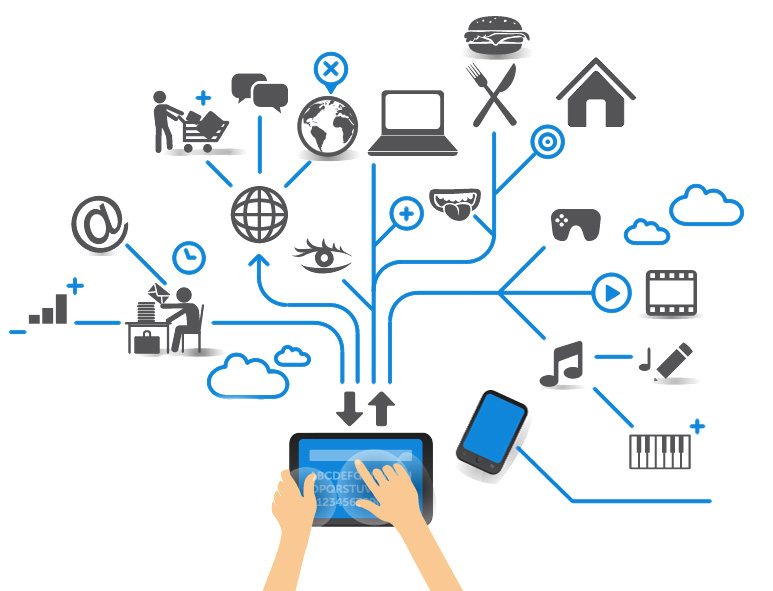If you thought that the word ‘smart’ has really added value to the concept of smart cities announced by our Prime Minister Narendra Modi last year, then you could think again, as these smart cities still have nagging technical issues that need to be addressed on an urgent basis.
Experts feel that deployment of the Internet-of-Things (IoT) and smart concepts could solve majority of the plaguing issues.
“The proposed smart cities range from Varanasi to Dholera to Amravati, covering Brownfield and Greenfield areas. Benchmarks would be different for both; given lack of significant Internet penetration. Brownfield smart cities cannot, for instance, focus on skyscrapers or lavish promenades first.”, states Ajay Godara, director at Chandigarh-based Enovation Lab LLP. Ajay is also an avid IoT researcher who is also involved in designing and automating robots
With technical issues and effective IoT deployment being the criteria, let us look at some intense issues that have seemingly hit smart cities hard. We also consulted IoT domain experts who even suggested amicable solutions for these issues:
Issue #1 – Massive power shortage; even smart cities aren’t spared by the monster
A surprising aspect here is that the experts who we consulted rated power shortage as a major issue plaguing smart cities in India.
“Power is still a scarce resource in India. Even if it is available, the quality is mostly not guaranteed.”, states Shajee Kozhukkunnon who is a senior regional manager at Moxa India Industrial Networking Pvt. Ltd. Moxa is into smart solutions development.

If you felt that only some states/cities in India are hit by power shortage, you could be wrong; as the estimated power shortage is said to be a massive 30,000MW daily. Though individual state governments are putting in efforts to mitigate this issue, the imbalance in the demand vs. supply ratio still exists and turns worse during the summer months.
There is a way out here; well, is there?
“Adopting renewable energy solutions at the individual levels (Homes, buildings etc.) as well as city-level (public places) is the only key to making a city truly smart in terms of power balance”, states Ganesh Prasad Kumble; president and ceo at Bangalore-based Metagan Technologies (focused on developing IoT-exclusive end-to-end connected solutions for large organisations, small and medium enterprises [SMEs], and modern consumers).
This means that if the issue of power supply is to be mitigated, then there has to be intensive deployment of IoT-driven smart solutions right from the ground level (literally). Directly, citizens of smart cities would be required to invest on at least a basic level of smart solution and deploy these at the home level so that energy is saved.
Always remember that one unit of power saved at the individual level per device is directly proportional to almost hundred newer units of power generated for your city.
Even Shajee’s recommendations second Ganesh’s thoughts about deploying individual IoT-driven smart units at the ground level. Shajee advises engineers/service providers to deploy the Power over Ethernet (PoE) sensors right at the field level to make the implementation of IoT networks easier.
Shajee also recommends hardware engineers to design smart products with wide voltage levels to sync with the tough Indian conditions. Finally, incorporation of surge protectors and regulated power supply units at the design stage itself should solve the issues of non-uniformity.
“Luckily, IOT has the ability to mitigate some of the bureaucratic hurdles. Through an interconnected web of data analysis, the city can monitor and administer to needs on an individual level. Small businesses that need a fraction of the energy as their corporate neighbours can be excluded from the larger equation of emissions.” adds Ajay.
Issue #2 – Tricky Indian climate
Seems strange, yet realistic, IoT experts with significant knowledge of smart cities feel that the varied climate also poses a challenge in making smart cities truly smarter.
“The electronics is out on the street namely camera, networking equipment, sensors, and computers”, states Shajee who also believes that there are currently very few smart solutions manufacturers present to provide solutions to ‘rugged’ challenges.
“India has such a varied climate in terms of Temperature, Humidity & Rain and very few manufacturers are present in this sector to provide rugged solutions. Users are finding it difficult to find the products and solutions for this kind of environment.” adds Shajee.
As smart city solutions need implementation outside of plush luxury settings (like the air-conditioned data centers), the actual hardware equipment must be built to withstand drastic climatic conditions. This also means that manufacturers should not tune these devices to operate in only the prevalent climatic conditions.
“Smart equipment for external deployment; such as earthquake sensors deployed at sensitive regions, should be tuned to digest climatic changes like sudden occurrence of draught, intense piercing sunlight, rise in temperatures, fall in temperature, and more,” states a seasoned smart solutions provider working exclusively on the smart cities vision of the Indian government, on the condition of anonymity.
Open Discussion and forums the only way out here
“Many startup companies tend to focus too much on price and hence are not able to deliver reliable rugged solutions,” states Shajee who also recommends solution providers to participate in Industrial IoT (IIoT) consortium meetings and interact with different companies to build collective models for deployment in different ‘rugged’ conditions. Emphasis here should be on reliability, and quality of the solutions developed.
Issue #3 – Vehicular traffic – the Achilles’ heel; can’t there be a smart system here?
To the common man, the issue of vehicular traffic resulting in an increase in the commuting times between any two points in a smart city looks unsolvable. However, IoT experts tend to think that they can build solutions to regulate traffic flow within cities.
As per Ganesh, deployment of IoT solutions can help reduce traffic issues by enabling people find shared transportation much faster than the current system which means that there would be lesser number of people driving individually in their cars to work every day.

Actually, smart concepts can be implemented in situations where there has been a vehicular breakdown in a busy junction, and this information is communicated to all car owners (individually) in a city through the cloud via smartphone apps (even SMS is feasible) so that alternate routes can be taken by drivers.
“The alternate routes can have smart systems which dynamically create a ‘green traffic corridor’ during the peak hours for vehicles to pass through without having to wait in signals and choke this road as well”, opines the IoT expert (who requested anonymity).
Other solutions to handle traffic include smart alcohol detection kits, smart violation reporting and penalising systems (without human intervention), along with smart traffic signal systems that are aware of the peak traffic hour and automatically accord priority to peak hour routes.
Issue#4 – Connectivity; the faster the best (not better)
All the IoT experts we spoke to were in total unison with the fact that Long Term Evolution (LTE) connectivity is still yet to pick up in India.
“Since none of the technologies are 100% reliable, equipment which gives the vertical roaming capability (automatically selecting the connectivity based on the strength of the signal) between wired/wireless/LTE will be an ideal case under the current Indian condition”, opines Shajee.

“Although the nation is in the forefront of Digital transformation with cheaper broadband and 4G, we are yet to see a complete & stable adoption of these services”, feels Ganesh.
So, the solution for this problem would be smarter wireless IoT devices. In fact, a point to cheer about here is that the solution providers have already started using smart wireless devices as a standard to engineer solutions.
Issue #5 – Healthcare, and waste management problems coupled with resource management challenges
As of now, there are lots of upcoming innovations that are potentially revolutionary from the healthcare point of view. These promise not only a reduction in overall healthcare costs, but also could lead to a concept where people can diagnose diseases by themselves from within their homes itself rather than spend valuable resources to just see a doctor. 
One of the waste management solutions, as suggested by Ganesh is the use of robots at all levels to properly dispose-off waste.
Valuables resources should not be wasted
As per Bastin Robin, chief data scientist at Bangalore-based Hash Research Labs, management of resources such as water and electricity are another set of key issues within smart cities. Bastin also talks about a scenario where street lamps that are electricity-driven are not switched off even after day-break. This is because these are manually controlled and need human intervention.
So, with IoT it is possible to engineer a system wherein the street lamps are solar powered with smart sensors incorporated to take decisions to switch on/off the lamps based on daily usage patterns driven by analytics.
Even water wastage within cities can be minimised through IoT-driven smart concepts. A scenario wherein there is leakage of an underground water supply pipeline, it becomes hard to monitor physically. IoT-backed sensors can be implemented here to monitor the actual flow of water and let admins keep track of this data and therefore recommend the best solutions for water management.
“In a country like India, we are very much dependent on the both water and electricity. Because there is a scarcity for both and every single person can’t live without it. We can see the main problem is, both the resources are managed manually due to its scale.”, adds Bastin.
Issue#6 – E-Governance sucks
Main reasons for less than impressive implementation of e-governance aspects has been attributed (by experts) to poor security. However, Ajay feels that there is still time for this domain to oversee a rejuvenation.
Implementation/Deployment of secure Information and Communication Technologies (ICT) infrastructure consisting of wireless hotspots, fibre optics, and efficient Wi-Fi routers are aspects that can potentially mitigate connectivity issues plaguing e-governance in Indian smart cities.

Another aspect with respect to e-governance is complete digitisation of land records; this project though announced ambitiously by all governments has failed to take off as expected. Ajay opines that implementation of smart sensors will help in proper survey of land thereby leading to creation of a digital land inventory which makes it easy to store records related to a particular piece of land.
Finally, refine conventional approaches
Issues here refer to the overall governance, security, and the general maintenance of smart cities. Expert suggest that following a neat hierarchical design with clearly defined security threat classification is vital when it comes to secure networking.
For generalised security, there are solutions already available that can simply be tweaked to add the extra degree of smartness.
“After becoming used to the smart facilities, people will not tolerate breakdowns and might create chaos. Hence the preventive/predictive maintenance will be a crucial factor for smart cities”,
“The connected equipment with predictive indicators/ health check indicators will be mandatory in future, and this can be incorporated with IIoT solutions easily. This will give peace of mind to the users and consultants of smart cities.”, signs-off Shajee.
As per the anonymous IoT expert, micromanagement plays a key role in making smart cities truly smarter. Not every aspect of smart cities are Internet-driven. Educating citizens is the need of the hour.
“By following the above recommendations, compound solutions can be designed to solve issues that can resolve commercial as well as social parametric losses over the long-term and help build a truly digital nation.”, adds Ganesh.
“We need to move beyond smart cities that defined solely by economic or software parameters.”, signs-off Ajay.
Written by Rahul R, Senior Technical Journalist at EFY











Great !!!
Integration of technology is highly needed in smart city and concept of Iot is amazing.
i like it …..cheers